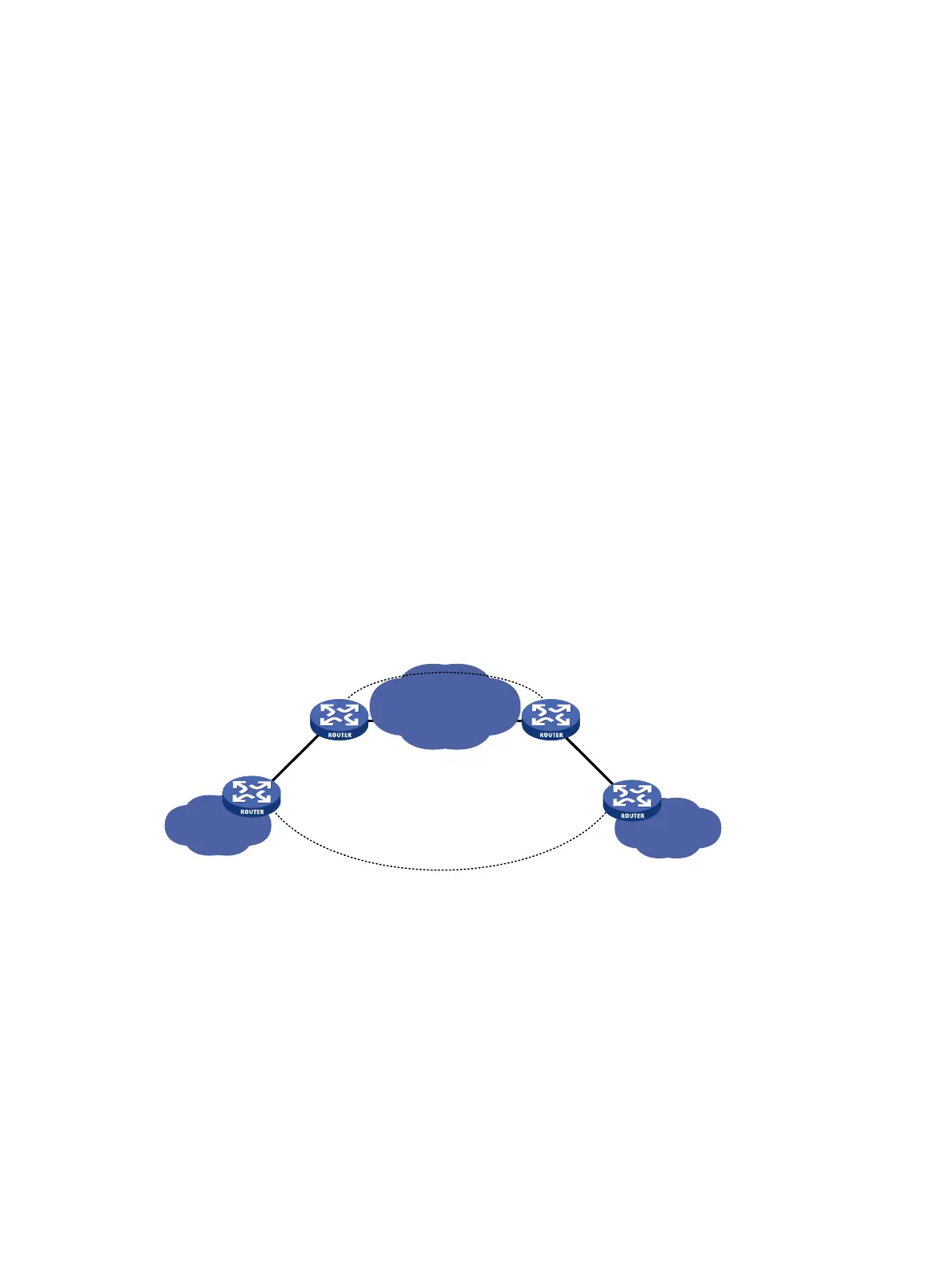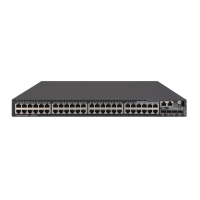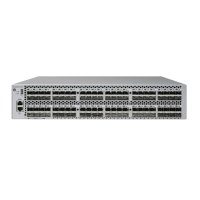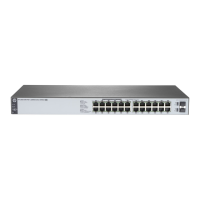171
As shown in Figure 56, Site 1 is connected to two PEs. When a PE advertises VPN routes learned
from MP-BGP to Site 1 through OSPF, the routes might be received by the other PE. This results in a
routing loop.
OSPF VPN extension uses the following tags to avoid routing loops:
• DN bit (for Type 3 LSAs)—When a PE redistributes BGP routes into OSPF and creates Type 3
LSAs, it sets the DN bit for the LSAs. When receiving the Type 3 LSAs advertised by CE 11, the
other PE ignores the LSAs whose DN bit is set to avoid routing loops.
• Route tag (for Type 5 or 7 LSAs)—The two PEs use the same route tag. When a PE
redistributes BGP routes into OSPF and creates Type 5 or 7 LSAs, it adds the route tag to the
LSAs. When receiving the Type 5 or 7 LSAs advertised by CE 11, the other PE compares the
route tag in the LSAs against the local route tag. If they are the same, the PE ignores the LSAs
to avoid routing loops.
OSPF sham link
As shown in Figure 57, two routes exist between site 1 and site 2 of VPN 1:
• A route connected through PEs—Inter-area route or external route.
Inter-area route—The route is an inter-area route if the two PEs have the same domain ID
configured for the OSPF process of VPN 1.
External route—The route is an external route if the two PEs have no or different domain
IDs configured for the OSPF process of VPN 1.
• A route directly connected through CEs—Intra-area route, which is called a backdoor link.
The inter-area route priority is lower than the intra-area route priority. To use the inter-area route, you
can establish a sham link between the two PEs to change the inter-area route to an intra-area route.
VPN traffic are forwarded over the sham link through metric adjustment.
Figure 57 Network diagram for sham link
A sham link is considered a virtual point-to-point link within a VPN and is advertised in a Type 1 LSA.
It is identified by the source IP address and destination IP address that are the local PE address and
the remote PE address in the VPN address space. Typically, the source and destination addresses
are loopback interface addresses with a 32-bit mask.
To add a route to the destination IP address of a sham link to a VPN instance, the remote PE must
advertise the source IP address of the sham link as a VPN-IPv4 address through MP-BGP. To avoid
routing loops, a PE does not advertise the sham link's destination address.
BGP AS number substitution
BGP detects routing loops by examining AS numbers. If EBGP runs between PE and CE, you must
assign different AS numbers to geographically different sites to ensure correct transmission of
routing information.
OSPF Area
1
MPLS backbone
PE 1
PE
2
Sham-
link
Backdoor
-link
CE
12 CE 22
VPN 1VPN 1
OSPF Area 1
Site
1 Site 2

